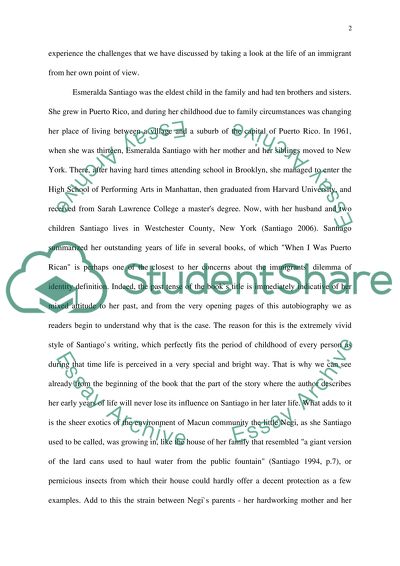Cite this document
(“When I was Puerto Rican by Esmeralda Santiago - the Life of an Immigra Essay”, n.d.)
Retrieved from https://studentshare.org/literature/1505665-americas-dream
Retrieved from https://studentshare.org/literature/1505665-americas-dream
(When I Was Puerto Rican by Esmeralda Santiago - the Life of an Immigra Essay)
https://studentshare.org/literature/1505665-americas-dream.
https://studentshare.org/literature/1505665-americas-dream.
“When I Was Puerto Rican by Esmeralda Santiago - the Life of an Immigra Essay”, n.d. https://studentshare.org/literature/1505665-americas-dream.


